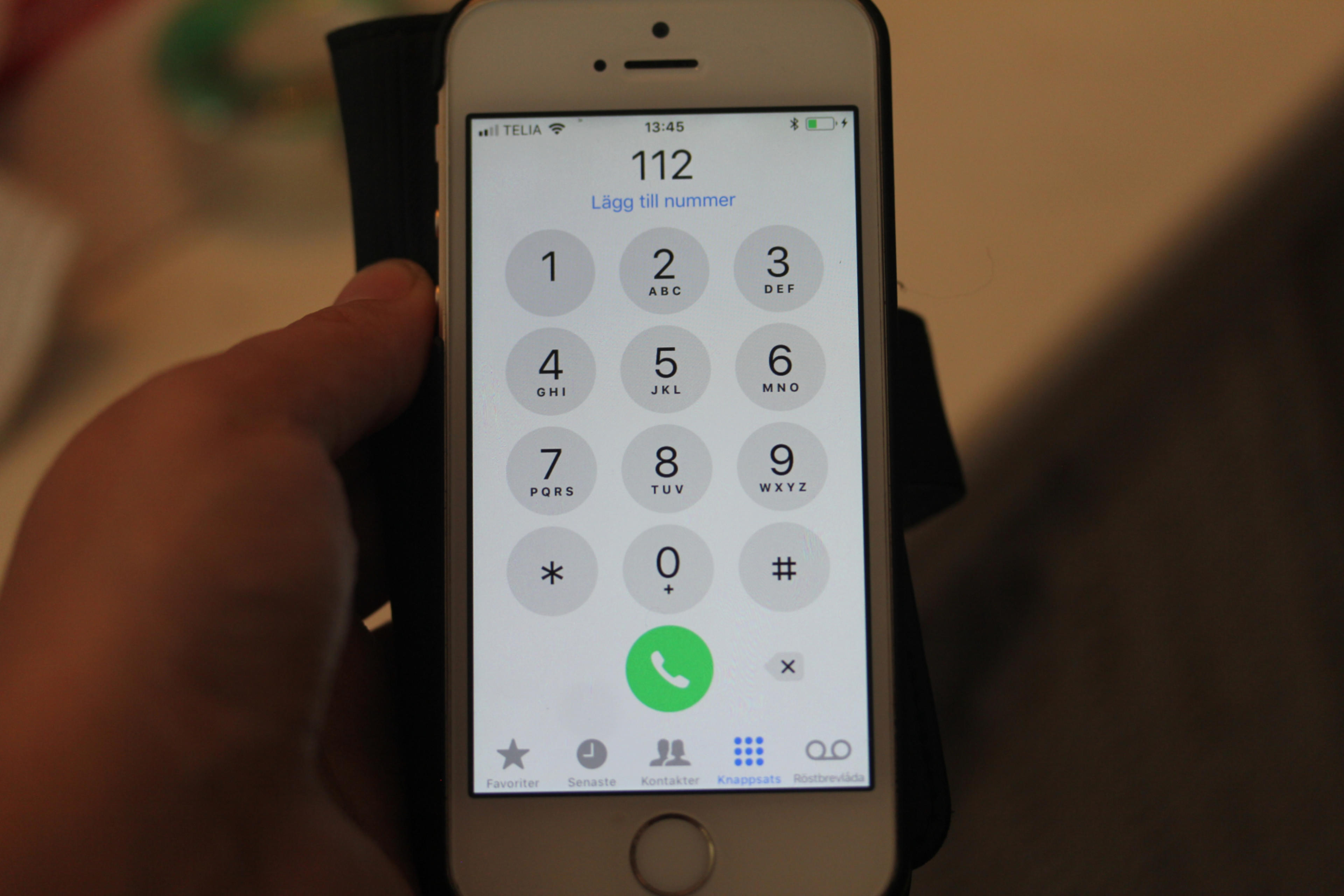If the blood sugar level drops very low to < 2–3 mmol/l, person's ability to function and level of consciousness are reduced. This is called an insulin shock. The causes are the same as the causes of low blood sugar in general.
The blood sugar can drop this low especially if symptoms for low blood sugar have been reduced or disappeared entirely or if a person experiences recurring episodes of severe hypoglycaemia. In this case, the recommendation is continuous glucose sensing with alarm. One key contributor to insulin shock is heavy alcohol use.
Treatment of severe hypoglycaemia and insulinshock
If the person is conscious but unwilling to cooperate, for instance, they resist aid and refuse oral first-aid, call 112. If possible, measure or assist in measuring the person's blood sugar using a blood glucose meter or glucose sensor to confirm hypoglycemia. After that, if available and you know how to use the medication, you can administer glucagon to the person.
If the person is unconscious, place them in the recovery position to free the airways and call 112. If possible, measure the person's blood sugar using a blood glucose meter or glucose sensor to confirm hypoglycemia. After that, if available, you can administer glucagon to the person. If the person is convulsing, prevent the person from injuring themselves.


